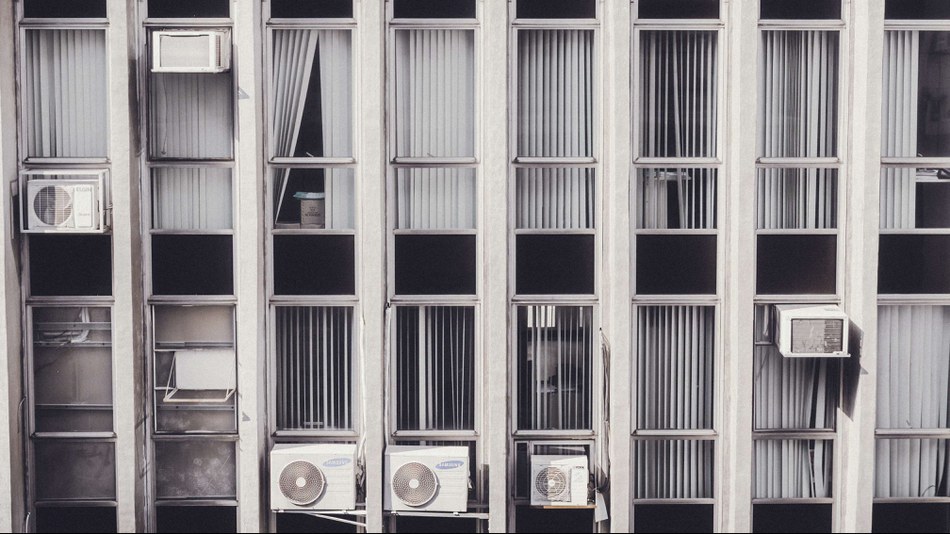Europe continues to phase out substances harmful to the ozone layer under the Montreal Protocol
17 Sep 2018 01:18 PM
Overall efforts to reduce the use of chemicals harming the ozone layer across the European Union continued in 2017 and the EU has already achieved its goals on the phase-out of ozone-depleting substances under the Montreal Protocol, according to the latest data released recently by the European Environment Agency (EEA).

Image © Rafael De Nadai on Unsplash
Ozone-depleting substances (ODS) are widely used in refrigerants, polymers, pharmaceuticals and agricultural chemicals. Updated aggregated data reported by companies across the 28 EU Member States showed that in 2017, more ODS controlled under the Montreal Protocol were destroyed or exported than produced or imported, a situation similar to that of 2016, according to the EEA report ‘Ozone-depleting substances 2018’.
The import and production of these ‘controlled’ (i.e. covered by the Montreal Protocol) chemicals for feedstock use in the EU rose from 2016, although the emissions resulting from such use decreased. This decrease in emissions suggests that improvements have been made in the control of emissions in industry. The production of new substances, not controlled by the Montreal Protocol, remained significantly higher than the production of controlled substances. However, these new substances are comparatively far less harmful to the ozone layer than the controlled ones.
Under EU rules, companies that produce these substances in the EU, import and export them into and out of the EU, as well as users of such stock, process agent users and destruction facilities, must report their activities concerning controlled substances annually.
In addition to already achieving its goals on the phase-out of ozone-depleting substances under the Montreal Protocol, the EU is also reporting exempted, essential and critical uses of ODS.
The EEA report is published ahead of the International Day for the Preservation of the Ozone Layer, which is marked every year on 16 September.
Background
In 1989, the Montreal Protocol on Substances that Deplete the Ozone Layer entered into force. Its objective is to protect the stratospheric ozone layer by phasing out the production of ozone-depleting substances. The protocol covers over 200 individual substances with a high ozone-depleting potential, including chlorofluorocarbons (CFCs), halons, carbon tetrachloride (CTC), 1,1,1-Trichloroethane (TCA), hydrochlorofluorocarbons (HCFCs), hydrobromofluorocarbons (HBFCs), bromochloromethane (BCM) and methyl bromide (MB), all of which are referred to as 'controlled substances'.
The Montreal Protocol was amended to regulate hydrofluorocarbons (HFCs) in October 2016, in Kigali, Rwanda. Both developed and developing countries have taken on mandatory commitments to reduce production and consumption of HFCs in the next three decades.
Within the EU, ozone-depleting substances are covered by Regulation (EC) No 1005/2009 (known as the ODS Regulation). The EU ODS Regulation is more stringent than the rules of the Montreal Protocol and also encompasses additional substances.
Stopping the use of ozone-depleting substances is crucial to protecting the ozone layer in the Earth’s atmosphere. The ozone layer serves an important function in protecting life on Earth as it absorbs the sun’s ultraviolet rays, which can pose a danger to the environment and human health.
Related content
Ozone-depleting substances 2018